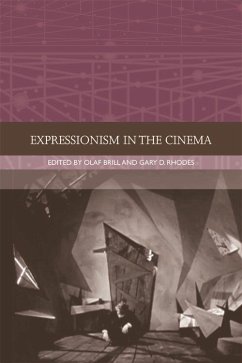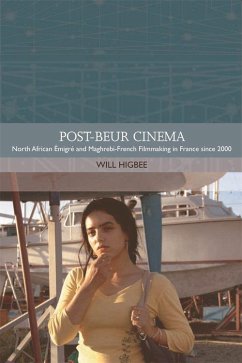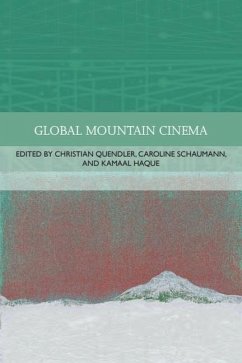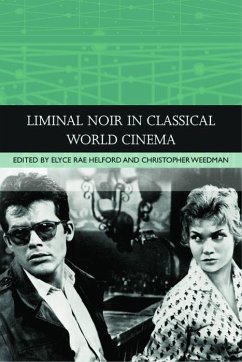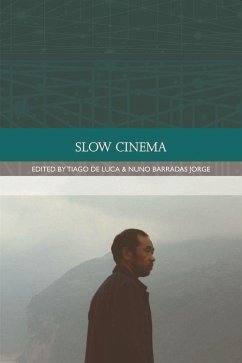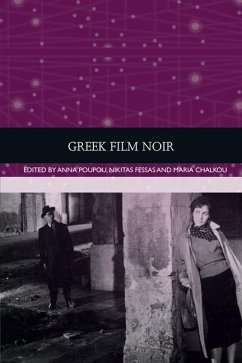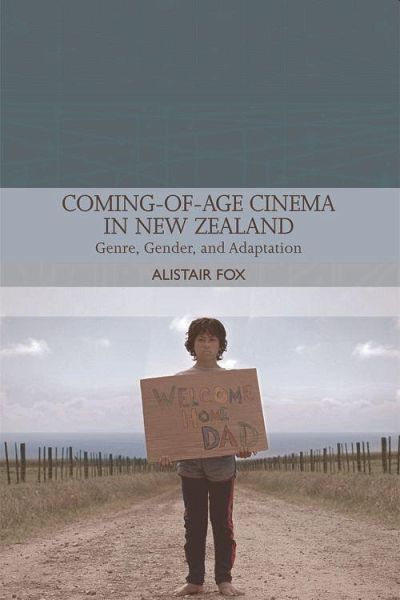
Coming-of-Age Cinema in New Zealand
Genre, Gender and Adaptation
Versandkostenfrei!
Versandfertig in 2-4 Wochen
33,99 €
inkl. MwSt.

PAYBACK Punkte
17 °P sammeln!
This is the first book to investigate the coming-of-age genre as a significant phenomenon in New Zealandâ s national cinema, tracing its development and elucidating its role in cultural change.



